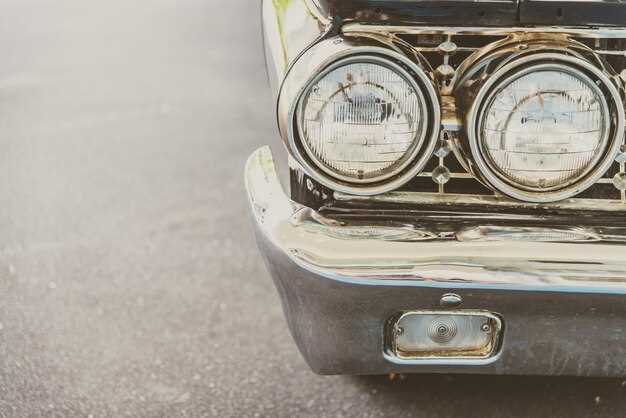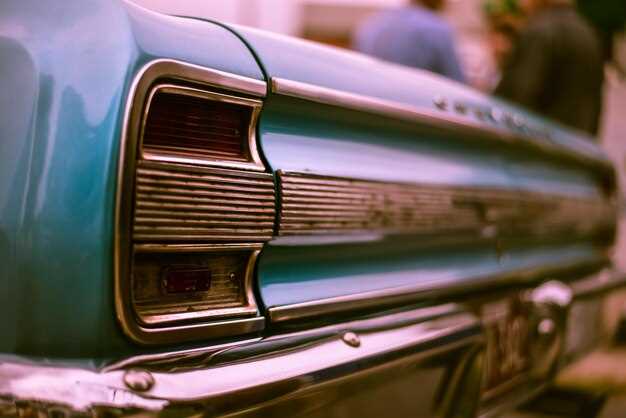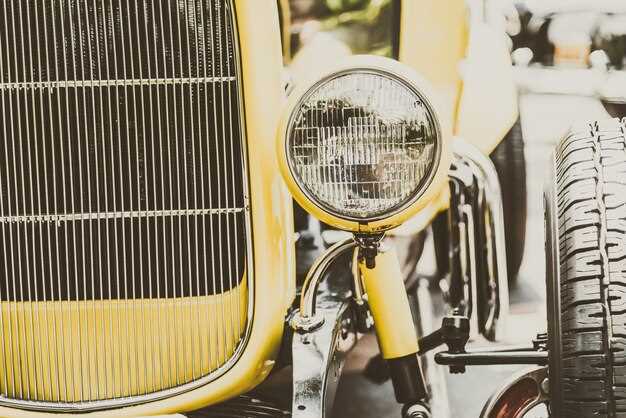
For automotive enthusiasts and collectors alike, the allure of classic Japanese cars often lies in their unique design, engineering, and the driving experience they offer. One of the most exciting modifications that can be undertaken is engine swapping. This process not only enhances performance but also allows for a deeper exploration of vehicle compatibility and personal preference when it comes to powertrains.
The art of swapping engines involves replacing the original engine with a different one, which can significantly improve the vehicle’s performance characteristics. However, before embarking on this journey, it is crucial to understand the compatibility of various engine options with the chassis and drivetrain of the classic model in question. Factors such as mounting points, transmission compatibility, and electronic integration can all play a significant role in determining the success of the swap.
This guide will delve into the various aspects of engine swapping specifically for classic Japanese cars. It will cover essential considerations, preparations, and the step-by-step process to ensure a smooth transition from stock to modified. By understanding the nuances of engine compatibility, enthusiasts can achieve a powerful, reliable setup that breathes new life into their beloved vehicles.
Choosing the Right Engine: Compatibility Factors

When considering an engine swap in classic Japanese cars, understanding compatibility factors is crucial for a successful upgrade. This section outlines the key elements to evaluate when selecting the right engine.
- Mounting Points: Ensure that the new engine aligns with the existing engine mounts. Custom mounts may be required if the dimensions differ significantly.
- Transmission Compatibility: Check whether your current transmission can be mated to the new engine. Some engines require specific transmissions to function efficiently.
- Electrical System: Assess the electrical wiring and sensors. Different engines may require modifications to the wiring harness or additional components for fuel management systems.
- Cooling System: Verify that the existing radiator and water pump can handle the new engine’s cooling requirements. An engine swap may necessitate upgrades in this area.
- Drive Shaft Alignment: Consider the relationship between the engine and the drive shaft. Changes in the engine position could affect how the drive shaft aligns with the differential.
- Weight and Balance: Analyze the weight of the new engine compared to the original. A heavier engine may affect the vehicle’s handling and dynamics, necessitating suspension upgrades.
- Performance Goals: Clarify your performance objectives. The new engine’s power and torque output should align with your expectations for handling and acceleration.
In summary, thorough consideration of compatibility factors is essential when choosing an engine for your classic Japanese car. Each aspect plays a significant role in ensuring a smooth integration and optimal performance of the vehicle.
Step-by-Step Process for Engine Swapping

Swapping an engine in a classic Japanese car requires careful planning and execution. To ensure a smooth process, follow these steps:
1. Choose the Right Engine: Before starting, research different engine options that are compatible with your vehicle. Consider factors such as power output, size, and weight. Popular choices often include engines from the same manufacturer or similar models.
2. Gather Necessary Tools and Equipment: Ensure you have all the tools needed for the swap. This includes wrenches, sockets, hoists, and engine stands. Having the right equipment on hand will save time and prevent delays during the process.
3. Disconnect the Battery: Safety is paramount. Disconnect the negative terminal of the battery to prevent any electrical hazards while working on your vehicle.
4. Remove Existing Engine Components: Begin by draining fluids such as oil and coolant. Remove accessories, exhaust components, and any wiring connected to the engine. Take careful notes or pictures of connections to facilitate reinstallation.
5. Detach the Engine: Disconnect the engine mounts and any remaining connections. Use an engine hoist to lift the engine out of the bay. Ensure you have a helper for this step to maintain balance and control.
6. Prepare the New Engine: Before installation, inspect the new engine for any damage or missing components. Make necessary adjustments and ensure that all parts are compatible with your car’s systems, including transmission and exhaust.
7. Install the New Engine: Carefully position the new engine into the engine bay using the hoist. Align it with the mounts and secure it in place. Reconnect all necessary components, ensuring that everything is compatible and properly fastened.
8. Reattach Accessories and Components: Start reassembling other parts that were removed earlier. Ensure wiring, fuel lines, and exhaust connections are secure and correctly routed.
9. Fill Fluids and Check Levels: Fill the engine with oil and coolant. Double-check that all fluids are at the proper levels before attempting to start the engine.
10. Perform Final Checks: Before starting the engine, conduct a thorough inspection of all connections and mounts. Make sure there are no leaks, and everything appears secure.
11. Start the Engine: Turn on the new engine and allow it to idle. Monitor for any unusual sounds or issues. It’s advisable to let it run for a few minutes while checking for leaks and ensuring correct operation.
12. Take a Test Drive: Once everything seems satisfactory, take the car for a test drive. Pay attention to how the vehicle handles and performs, and listen for any odd noises that might indicate problems.
This step-by-step process guides you through successfully swapping engines in classic Japanese cars, ensuring compatibility and performance enhancements for your vehicle.
Legal Considerations and Regulations for Engine Modifications
When it comes to swapping engines in classic Japanese cars, understanding the legal landscape is crucial. Each jurisdiction has specific regulations that govern engine modifications, and failure to comply can lead to fines, registration issues, or even having your vehicle deemed non-roadworthy.
One of the primary considerations is the compatibility of the new engine with the existing vehicle framework. Many local laws stipulate that any engine installed must meet certain emissions standards. For example, swapping a newer engine into a classic car may require adherence to contemporary emissions regulations, potentially necessitating additional modifications such as improved exhaust systems or specialized catalytic converters.
It’s also essential to review the vehicle’s registration requirements post-modification. Some areas mandate that any changes in engine type must be reported to the relevant authorities, which may involve providing documentation proving that the new engine is compliant with safety and emissions standards. Failure to notify can result in penalties and complications during annual inspections.
Additionally, insurance factors must be considered. Informing your insurance provider about the engine swap can affect your policy, premium rates, and coverage. In some cases, your insurer may require an appraisal or additional documentation to validate the modifications, ensuring that you are adequately covered in the event of an accident.
Furthermore, keep in mind that warranties on some parts may become void after an engine swap. Researching manufacturer stipulations on compatibility and warranty limitations is vital before you begin any modification projects.
Finally, always consult local regulations and codes pertaining to car modifications. Engaging with local car clubs or forums can provide insights and experiences from fellow enthusiasts that might help navigate the legal aspects of your engine swap project effectively.




